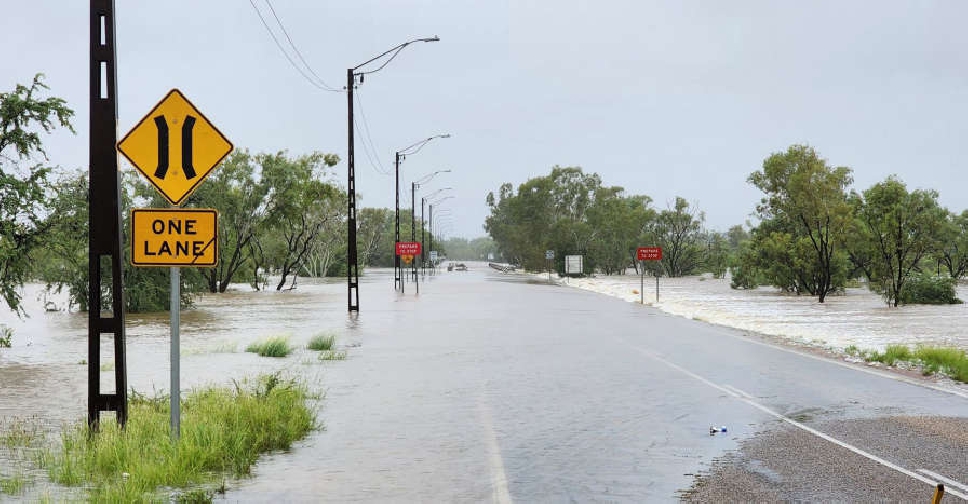
Hurricane Ian in the United States and floods and Australia helped to make 2022 one of the costliest years on record for natural disasters, Munich Re said on Tuesday, warning that climate change was making storms more intense and frequent.
Hurricane Ian in the United States and floods and Australia helped to make 2022 one of the costliest years on record for natural disasters, Munich Re said on Tuesday, warning that climate change was making storms more intense and frequent.
Losses from natural catastrophes covered by insurance totalled around $120 billion last year, similar to 2021, though short of 2017's record damages, Munich Re MUVGn.DE, the world's largest reinsurer, said.
The annual tally by Munich Re is higher than the average of $97 billion in insured losses over the previous five years and exceeds an initial estimate of $115 billion last month by rival Swiss Re SRENH.S.
"Weather shocks are on the rise," Ernst Rauch, chief climate scientist at Munich Re, told Reuters. "We can't directly attribute any single severe weather event to climate change. But climate change has made weather extremes more likely."
Annual insured losses of $100 billion appear to be "the new normal", he said.
Total losses from natural catastrophes, including those not covered by insurance, were $270 billion in 2022. That is down from around $320 billion in 2021 and near the average of the previous five years.
The United States once again accounted for a big portion of the losses with Hurricane Ian, which hit Florida in September, causing $60 billion of insured damages and $100 billion in total losses.
Floods in Australia early in the year and again in October resulted in $4.7 billion in insured damages and $8.1 billion overall.
Record monsoon rains and faster melting of glaciers resulted in floods in Pakistan that killed at least 1,700 people and caused $15 billion in damages. Most of the damage was not covered by insurance.
Scientists have said that events in 2022 were exacerbated by climate change and that there is more – and worse – to come as the Earth's atmosphere continues to warm through the next decade and beyond.
Insurers have in some cases been raising the rates they charge as a result of the increasing likelihood of disasters, and in some places have stopped providing coverage.


 Bharat Mart marks new era in UAE-India trade ties
Bharat Mart marks new era in UAE-India trade ties
 UK economy beats forecasts in Feb but US tariffs threaten growth
UK economy beats forecasts in Feb but US tariffs threaten growth
 UAE and Ireland to establish Joint Economic Commission
UAE and Ireland to establish Joint Economic Commission
 Dubai to host new IIM campus and UAE-India Friendship Hospital
Dubai to host new IIM campus and UAE-India Friendship Hospital
 H.H. Sheikh Hamdan unveils DP World's Free Trade Warehousing Zone
H.H. Sheikh Hamdan unveils DP World's Free Trade Warehousing Zone




